App World
My stream

Genetic Code Pro
The Genetic Code Pro is a handy reference tool for students and researches. It contains information about all ...
$ 2.99

Store review
The Genetic Code Pro is a handy reference tool for students and researches. It contains information about all 17 genetic codes annotated in NCBI GenBank, 20 amino acids with 1 and 3-letter abbreviations as well as set of useful reference tables and tools.
The Genetic Code Pro containes all functionality from Genetic Code and also includes the following additional features:
* Genetic Code Translator tool -- translates direct DNA strand => complementary DNA => RNA => protein (in 3 and 1 letter abbreviations)
* Information about codon usage for E.coli, Human, Mouse and Rat
* Melting Temperature for Oligos calculator -- calculates entropy, entalpy, free energy and 3 temperatures: Basic, Salt and NN. Formulas used to calculate all values are provided. You can calculate melting temperature for your particular concentrations of Primer, Salt (Na,K) and Mg.
* "Amino Acid Structures" reference table contains all 20 amino acid structures in a single table, so it is easy to find an amino acid based on its structure.
* Clickable Codon table
===
* "All Genetic Codes" reference contains all 17 genetic codes from NCBI GenBank:
"The Standard Code"
"The Vertebrate Mitochondrial Code"
"The Yeast Mitochondrial Code"
"The Mold, Protozoan, and Coelenterate Mitochondrial Code and the Mycoplasma/Spiroplasma Code"
"The Invertebrate Mitochondrial Code"
"The Ciliate, Dasycladacean and Hexamita Nuclear Code"
"The Echinoderm and Flatworm Mitochondrial Code"
"The Euplotid Nuclear Code"
"The Bacterial, Archaeal and Plant Plastid Code"
"The Alternative Yeast Nuclear Code"
"The Ascidian Mitochondrial Code"
"The Alternative Flatworm Mitochondrial Code"
"Blepharisma Nuclear Code"
"Chlorophycean Mitochondrial Code"
"Trematode Mitochondrial Code"
"Scenedesmus obliquus mitochondrial Code"
"Thraustochytrium Mitochondrial Code"
For each genetic code the following information is provided:
* GenBank transl_table number and title
* Information about the whole genetic code in the Codon alignment view
* Differences from the Standard Code
* Alternative Start Codons
* Systematic Range
* GenBank Comments
===
The Standard Genetic Code is represented in four different ways:
* Codon Picker -- allows you to select a particular codon to see the name and structure of the corresponding amino acid. You can see amino acid properties by clicking on the amino acid structure.
* Codon Table -- table representation of the codon table
* Codon Circle -- circular representation of the codon table (a little bit unusual, but pretty)
* Codon Alignment -- contains additional information about initiation (start) codons
===
Following information about each amino acid is provided:
* Chemical structure
* Three letter and one letter abbreviations
* All codons that encode the amino acid
* Polarity
* Side chain charge (neutral, positive, negative)
* pH (acidic or basic)
* Chemical formula of the side chain
* Aromatic or aliphatic
* Essential
* Small
* Polar
* Hydrophobic
* Hydropathy
* Molecular weight (MW)
* Isoelectric Point (pI)
* pK1 (-COOH)
* pK2 (+NH3)
* pKa
* reference to Wikipedia
====
"Amino Acid and Nucleotide Codes" reference tool contains 26 amino acid and 16 nucleotide codes (abbreviations). This includes the following non-standard/degenerate codes:
R Purine (A or G)
Y Pyrimidine (C or T)
N Any nucleotide
W Weak (A or T)
S Strong (G or C)
M Amino (A or C)
K Keto (G or T)
B Not A (G or C or T)
H Not G (A or C or T)
D Not C (A or G or T)
V Not T (A or G or C)
Asx B Asn or Asp
Glx Z Gln or Glu
Xle J Leu or Ile
Sec U Selenocysteine (UGA)
Pyl O Pyrrolysine (UAG)
Unk X Unknown
4
out of
7 reviews
Size
8.5 MB
Last update
Nov. 26, 2019




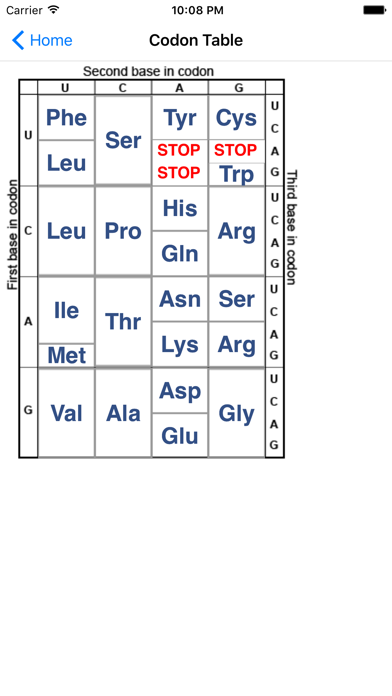
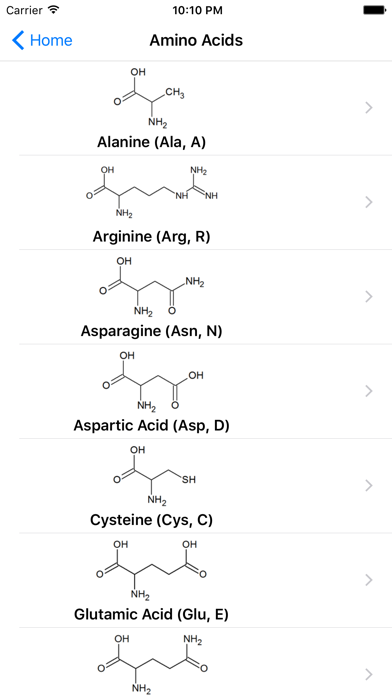
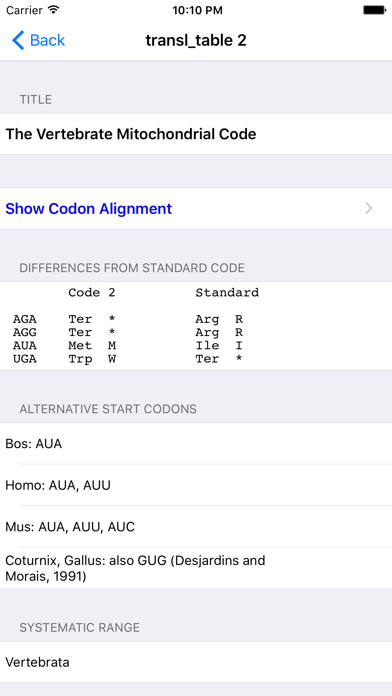
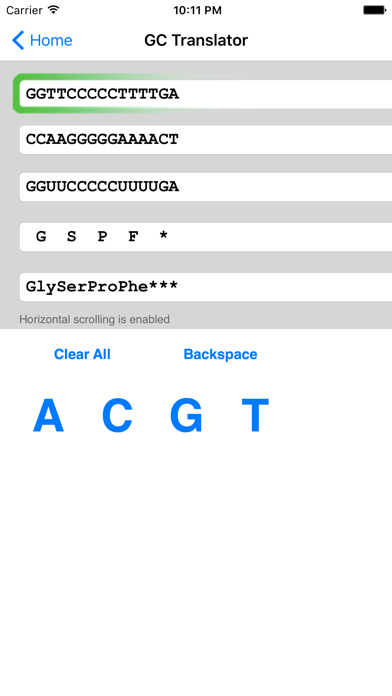
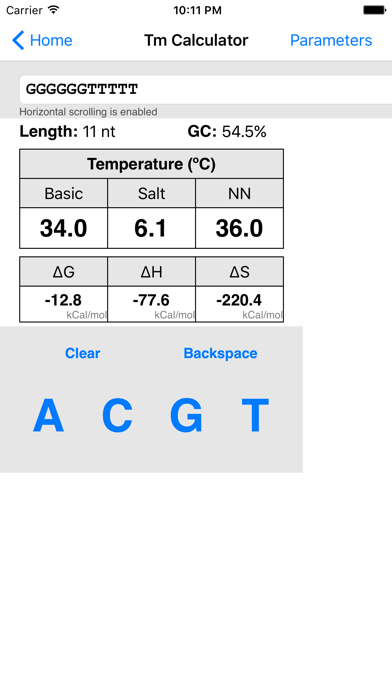
 Facebook
Facebook Twitter
Twitter Google plus
Google plus